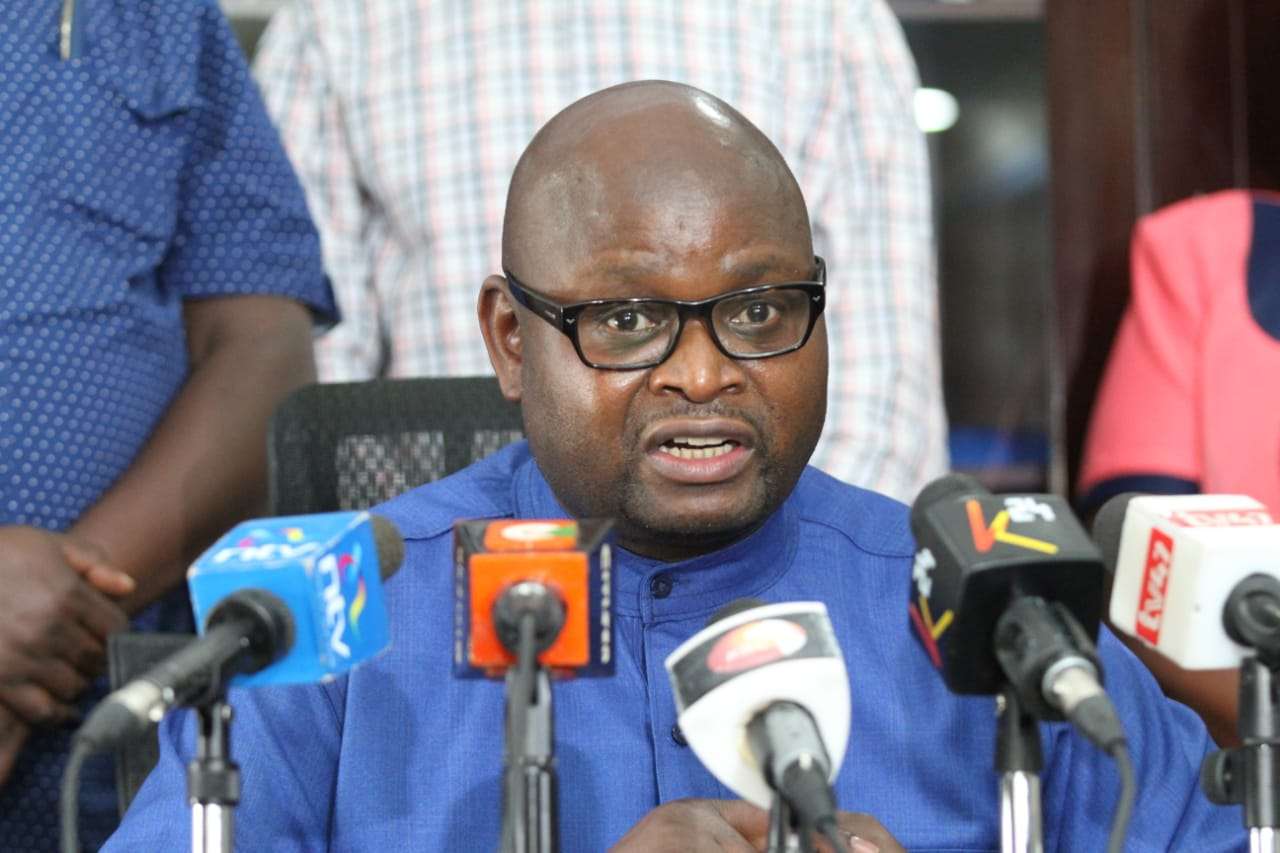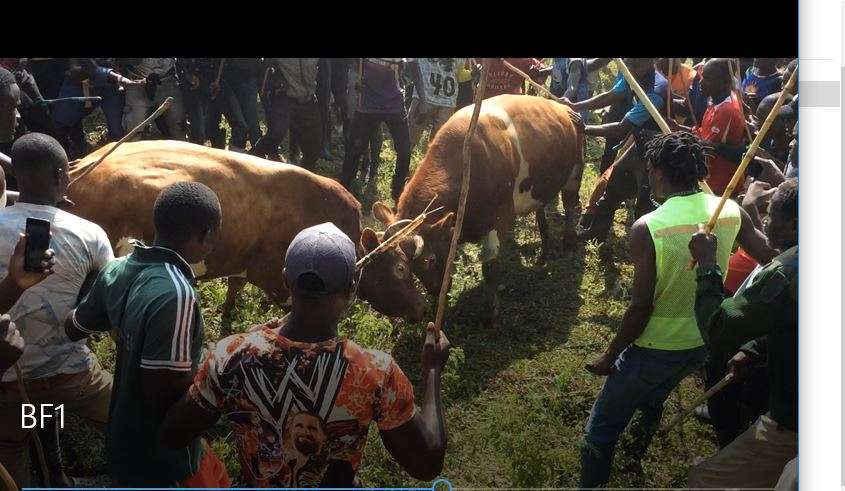By The Weekly Vision Political Desk
The Orange Democratic Movement (ODM) has secured a string of important victories in its traditional bastions, even as the party grapples with internal dissent and pressure from its uneasy political cohabitation with President William Ruto’s United Democratic Alliance (UDA).
ODM fielded candidates in at least five parliamentary contests and several ward races out of the several by-elections held nationwide. According to results released by the Independent Electoral and Boundaries Commission (IEBC), the party emerged with three parliamentary seats and two ward wins, an outcome that reaffirms ODM’s formidable base in Luo Nyanza and the Coast, despite turbulence within its ranks.
The by-elections unfolded under a cloud of tension, with isolated incidents of violence and late-night disruptions marking the tallying process. Voter turnout across ODM-contested regions averaged a mere 34%, a stark sign of growing public frustration over economic hardship and frustration with perceived betrayals within the broader political coalition.
Yet, in areas where ODM deployed its organisational machinery effectively, the party delivered decisive results. Senior ODM figures, including Homa Bay Governor Gladys Wanga and Siaya Senator Oburu Odinga, mobilised the base with renewed vigour, signalling that the party retains significant influence even as Kenya navigates the post-Raila Odinga political landscape.
In a firmly predictable contest, ODM’s Moses Omondi Okoth swept to an overwhelming victory with 18,456 votes (89%), far outpacing independent candidate Dr Maurice Juma Okumu, who secured only 1,234 votes (6%). The seat fell vacant following former MP Opiyo Wandayi’s appointment as Cabinet Secretary for Energy. With turnout at 41%, Omondi’s triumph reinforces ODM’s dominance in Siaya and subtly advances Wandayi’s growing prominence in the party’s succession politics.
The night’s most fiercely contested ODM race unfolded in Kasipul, where internal rebellion took centre stage. ODM loyalist Boyd Were faced off against independent candidate Phillip Aroko, who enjoyed the open backing of Homa Bay Deputy Governor Joseph Magwanga, an act widely viewed as insubordination within the county’s political hierarchy. Were clinched victory with 14,789 votes (62%), while Aroko garnered 7,892 votes (33%). The election, plagued by tension and sporadic clashes, saw a turnout of 37%. Governor Wanga, who vigorously supported Were, hailed the outcome as “a firm rejection of indiscipline within our ranks.”
Magwanga’s defiance, analysts argue, is rooted in broader succession manoeuvres within Homa Bay’s political establishment, signalling deeper internal rifts that ODM may soon be forced to confront.
Along the Coast, ODM’s Harrison Kombe, running with support from the Pamoja African Alliance (PAA), secured a hard-fought win with 11,234 votes (55%). He edged out his closest challenger, Shee Mohamed, who amassed 8,901 votes (43%).
The by-election was triggered by the death of the sitting MP, and the contest revealed ODM’s tenacity in a region where political loyalties have been fluid in recent years. ODM’s performance, though impressive in its strongholds, exposes the delicate balancing act the party faces: maintaining regional dominance while navigating internal dissent and recalibrating its identity without its long-time anchor, Raila Odinga.
As succession debates intensify and 2027 edges closer, the by-elections serve both as a reminder of ODM’s enduring grassroots appeal and a warning that the party must confront its internal contradictions if it hopes to maintain national relevance.





